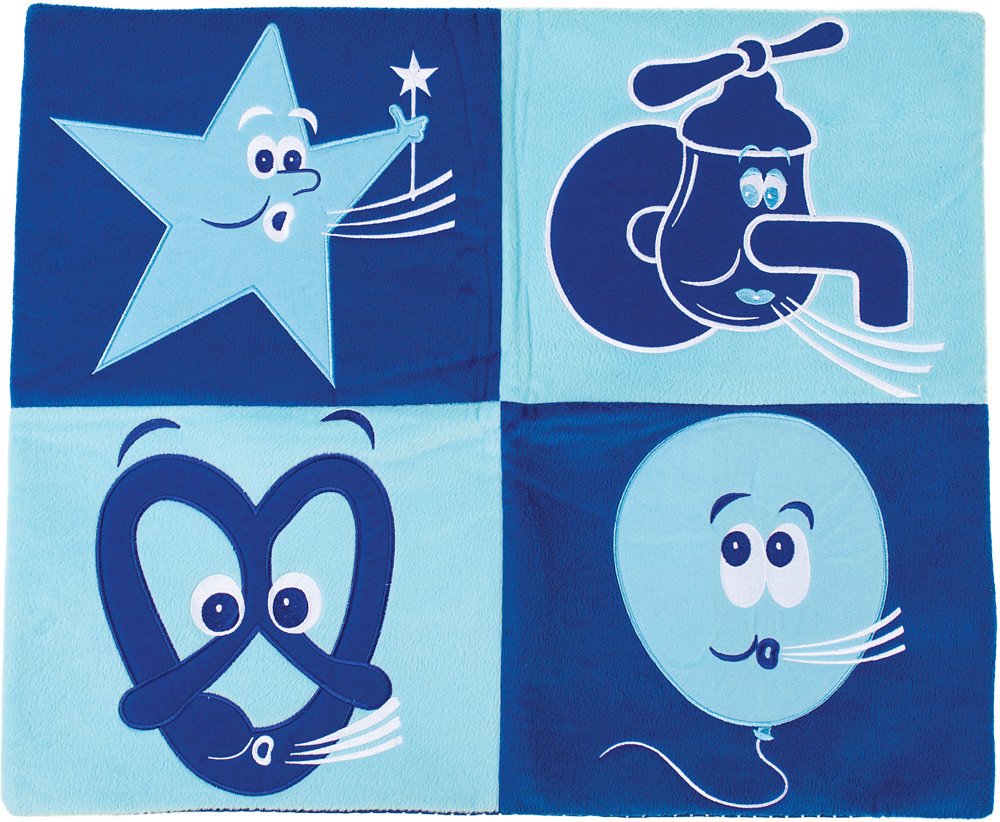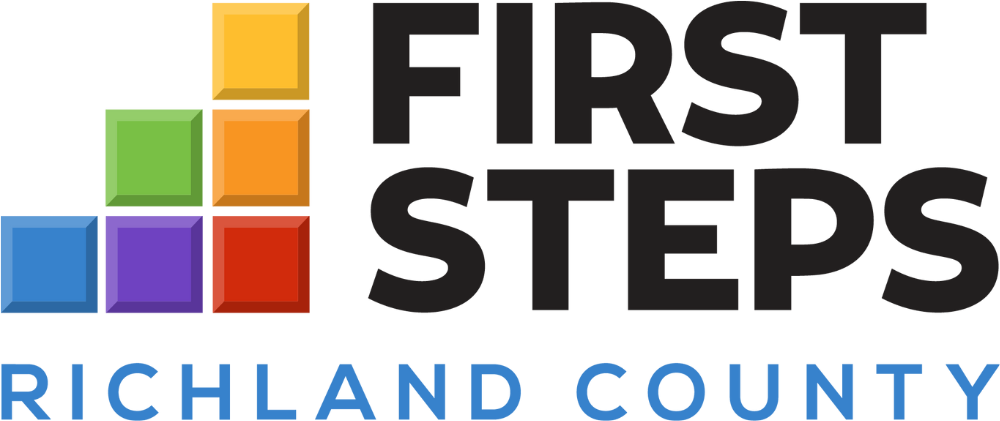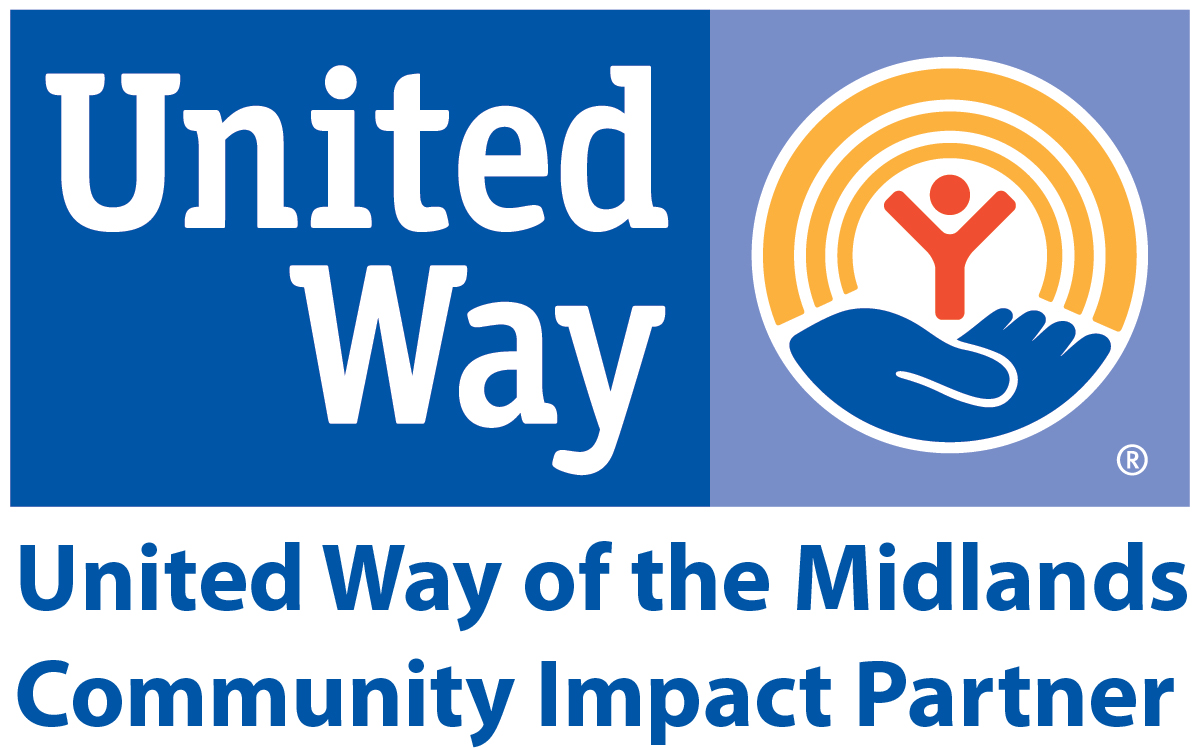This year, RCFS began implementing the Conscious Discipline® approach within all of our programs. The approach defines discipline not as something you do to children, but something you develop within them.
Implementation begins by teaching new skills to the adult first and the children second. A key component of the Conscious Discipline approach is The Safe Place.
The Safe Place is important because it gives the child the power and the opportunity to learn how to self-regulate. It is not time out, much like most of us know or use in the sense of punishment, but a safe environment to learn how to handle difficult emotions. The Safe Place teaches the child that it is acceptable to feel, but that in being angry, sad, tired or over stimulated we must all handle the emotion correctly.
RCFS team members have seen the impact the use of safe places as part of Conscious Discipline can have. Given the proper tools, children are learning to handle their emotions in new, less harmful ways. Lydia Rice, Early Head Start Intake and Family Support Coordinator says, “I think they are important, especially for children that come from environments that often do not support expressing, or giving tools on how to handle emotions. I have seen a child whose first reaction was to hit and throw, literally stop what they were doing and walk over to the safe place and breathe. (granted it may be breathing via kicking and screaming into the bean bag, but breathing none the less). It offers a great place for connection between the teacher and student, and also at times for the parent and student at the beginning of the year or after long breaks.”

An example of a The Safe Place de-stress mat that encourages children to breathe and work through their emotions.
What’s in The Safe Place?
The Safe Place can be constructed easily, and customized to fit your available resources. They all have a few basic elements.
1) They’re away from the action | The Safe Place is usually constructed in a quiet corner or other place a distance from play areas and other stimuli
2) They’re cozy | Cushions or pillows serve the dual purpose of being comfortable and providng a soft area where a child can’t hurt themselves or others
3) There’s a friend there waiting | Hugging a lovey or plush toy provides comfort to many children
4) There are positive images |A chart of emotional states or other similar images help children remember the tools they have been taught
5) Remember to breathe | Calming sensory materials like a pinwheel for breathing exercises or a destress mat promote breathing as a tool for regaining control

